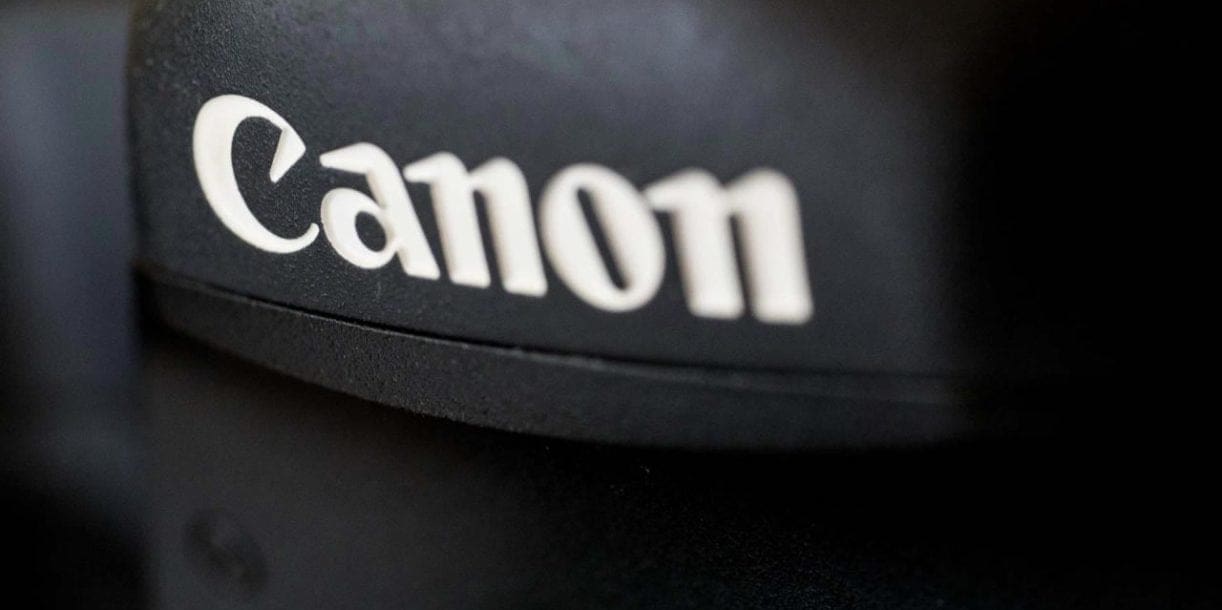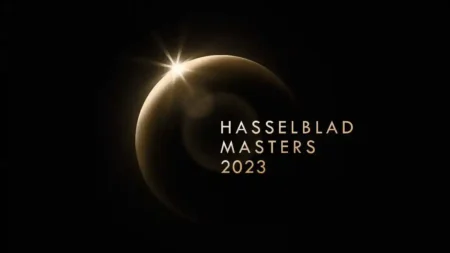UPDATE: Click here to read our Canon EOS R review and our Canon EOS RP review.
Canon got off to a slow start with its mirrorless cameras, but it seems to be finding the pace now. For instance, it may not be the flagship model, but the Canon EOS M50 is the most rounded mirrorless camera the company has produced to date. Its price is also more realistic than that of some previous models.
However, what many of the Canon faithful are waiting for is a full-frame mirrorless camera. I think the wait may come to an end at Photokina in September. Some people are even wondering if there will be two models announced at the same time.
Well, it’s possible.
But I’m going to focus here, on what I think its the most likely model, a camera that competes with the Sony A7 III. That means a full-frame mirrorless camera that’s designed for enthusiast photographers.
Let’s take a look at the likely specification and what we’d like to see.
Sensor
Canon could opt to use the same 26.2 million pixel sensor as is in the 6D Mark II. Or even the 30.4 million pixel sensor of the 5D Mark IV. My hunch is that we’ll see an updated version of the 6D Mark II’s sensor to make the new camera an all-rounder.
We ran a Twitter poll a while ago and 24Mp proved to be a popular resolution, 26million is close enough. On a full-frame camera, that pixel count enables noise to be kept in check and detail levels to be high.
I also expect the sensor will be a Dual Pixel CMOS AF type – more on that below.
- Read more: Camera Rumours 2018
Autofocus System
Canon has a pretty good record for the live view autofocus system in its DSLRs. The Dual Pixel CMOS AF system in cameras like the 6D Mark II, for example, works well for video and can even be used to shoot stills of moving subjects. However, it lags way behind the phase detection AF system that comes into play when images are composed in the viewfinder.
This means that Canon is going to have to up its game considerably if its full-frame mirrorless camera is going to compete with the Sony A7 III. Sony has developed an impressive AF system for its mirrorless cameras, making models like the A7 III, A7R III and A9 (and others) suitable for shooting fast-moving sport.
Video
Canon has been frustrating in its avoidance of 4K video in enthusiast-level cameras. That said, the Canon 5D Mark IV can record 4K (4096 x 2160) video, but its price stretches the limits for an enthusiast model.
The Canon EOS M50 is also supposedly 4K enabled, but its use is limited. The autofocusing reverts to contrast detection, for instance, and the image is cropped.
Surely Canon will enable its full-frame mirrorless camera to record 4K video without any major caveats? It would be great if it could shoot in 4096 x 2160 at 30fps and 4:2:2 like the 5D Mark IV.
I’d also like to see a range of frame rates for recording Full HD video. 120fps would be nice for slow motion playback.
Although I’d like Canon to give its first full-frame mirrorless camera C-Log capability, I think it’s more of a longshot. The ability to boost dynamic range would be helpful for anyone who’s serious about shooting video, but Canon hasn’t been very generous with this mode to date.
- Camera Jabber Verdict: Canon EOS 5D Mark IV Review
Viewfinder
It took Canon a while to get onboard with built-in electronic viewfinders for its mirrorless cameras. However, it now seems to recognise that many people want them, and not as optional extras.
I think it’s highly likely that Canon’s first full-frame will have an electronic viewfinder built in. Ideally, it should at least match the 0.5-inch 2,359,296-dot OLED in the Sony A7 III. The EOS M50 has a 0.39-type 2,360,000-dot OLED EVF, so it’s not much of a leap.
Screen
Canon has been quick to recognise the benefit of a touch-screen mounted on a vari-angle hinge. I think it’s a pretty safe bet that the company’s first full-frame mirrorless camera will feature one.
The vari-angle nature makes the screen useful for composing images and video from a wide variety of angles.
Canon’s implementation of touch-control also makes its cameras much more intuitive. However, I’d still expect the full complement of buttons and dials.
Connectivity
Canon has been putting WiFi and low energy Bluetooth connectivity in its recent cameras, so that seems probable for the first full-frame mirrorless model.
The Bluetooth connection enables quick connections to be made after initial pairing. I also expect it to be possible for images to transfer to a smartphone automatically.
Lens Mount
There are probably many Canon photographers who would love Canon to opt for the EF lens mount. This would enable them to mount their existing lenses on the new camera. However, if they are to perform as they do on a DSLR, it would mean the camera is bigger than it really needs to be.
I think it’s far more likely that Canon will introduce a new mount. It would also be a smart move for an adaptor to be provided in the box.
Name and Audience
As I said earlier, I think Canon’s first full-frame mirrorless camera will be aimed at enthusiast photographers.
I think it will reserve the name EOS M1 for its first professional-level full-frame mirrorless camera. So what will the enthusiast-level model be called? My bet is that Canon tries to align it with a comparable DSLR. This could see it called the Canon EOS M6 Mark II or Canon EOS M5 Mark II.
We’re going to have to wait to find out for sure, but I don’t think it will be too much longer now.



